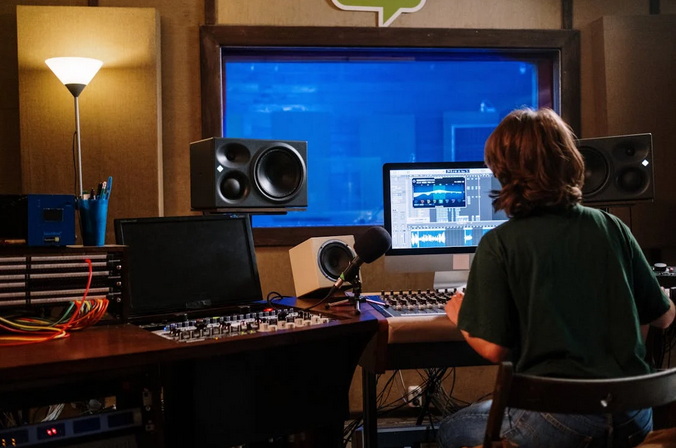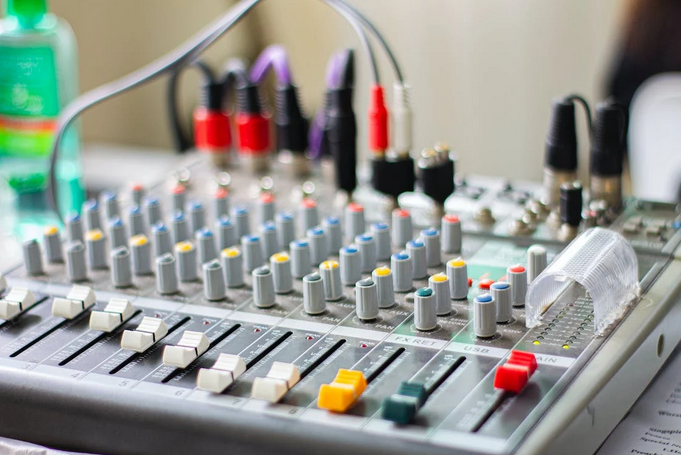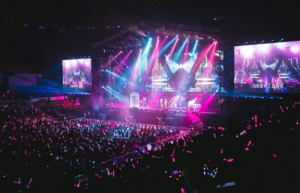The world of digital music production has evolved dramatically over the years. From the clunky samplers of the past to today’s powerful software, musicians have endless possibilities at their fingertips. Among these advancements, sample pack tools are becoming essential for budding artists and seasoned producers alike. Free Sample Packs offer a treasure trove of sounds that can spark creativity and transform an ordinary track into something extraordinary. As we dive deeper into this innovative landscape, discover how these tools are reshaping the way music is made and experienced.
The Evolution of Digital Music Production

Digital music production has come a long way since its inception. In the early days, musicians relied on bulky hardware and analog equipment to create sounds. These tools were often limited in scope, making creativity a challenge. The introduction of MIDI in the 1980s revolutionized music creation. Suddenly, artists could connect different devices and create layered compositions effortlessly. This innovation paved the way for software-based digital audio workstations (DAWs) that emerged later.
As technology progressed, so did access to high-quality sounds. Sample libraries became available, allowing producers to incorporate professional recordings into their tracks without needing an entire studio setup. Today’s landscape is defined by user-friendly DAWs packed with powerful features. Artists can now explore new genres and experiment with diverse elements using sample packs tailored for any style imaginable.
Benefits of Using Sample Pack Tools
Sample pack tools offer a treasure trove of sounds for music creators. They provide instant access to high-quality samples, spanning various genres and styles. This versatility allows producers to experiment freely, sparking creativity in ways that might not be possible with traditional methods. Using sample packs can significantly speed up the production process. Instead of spending hours recording or searching for specific sounds, artists can dive straight into crafting their tracks. This efficiency is invaluable in today’s fast-paced music industry. Another key benefit lies in collaboration opportunities. Many producers share and remix each other’s samples, fostering a sense of community within the music scene. By utilizing these shared resources, artists can blend their unique styles and create something fresh.
Tips for Utilizing Sample Pack Tools Effectively

When diving into sample pack tools, start by exploring your collection thoroughly. Familiarize yourself with the sounds available. Each sample has its unique flavor. Experimentation is key. Don’t hesitate to layer different samples together to create something fresh and exciting. Mixing genres can result in unexpected breakthroughs. Take advantage of software features like effects and modulation. Adding reverb or adjusting pitch can transform a basic sound into something captivating.
Organizing your samples is crucial for efficient workflow. Create folders based on mood, genre, or instrument type, so you can quickly find what you need when inspiration strikes. Don’t forget about chopping up samples! Cut them into smaller sections to rearrange and build new ideas that resonate with your vision. Share your work in progress with peers for feedback. Collaboration often sparks creativity and leads to innovative approaches you might not have considered alone.…


 Computer-generated music, or AI-generated music, is a relatively new technology in the music industry. AI algorithms are used to generate entire music compositions without human intervention – something that has never been possible before. Some companies are even using AI to create tracks that sound like certain artists to be used as a basis for new songs or remixes. Although there is still some debate about the validity of computer-generated music, it’s clear that this technology is here to stay and will continue to revolutionize how we make and experience music. There have been numerous breakthroughs in AI music technology over the past few years, and it will only get better. If you’re a producer or musician, it’s something to keep an eye on.
Computer-generated music, or AI-generated music, is a relatively new technology in the music industry. AI algorithms are used to generate entire music compositions without human intervention – something that has never been possible before. Some companies are even using AI to create tracks that sound like certain artists to be used as a basis for new songs or remixes. Although there is still some debate about the validity of computer-generated music, it’s clear that this technology is here to stay and will continue to revolutionize how we make and experience music. There have been numerous breakthroughs in AI music technology over the past few years, and it will only get better. If you’re a producer or musician, it’s something to keep an eye on.
 The use of virtual reality (VR) and augmented reality (AR) is also changing how we experience events and concerts. With VR, you can experience a venue as if you were there. It means you can get an immersive view of the stage, no matter where you are.
The use of virtual reality (VR) and augmented reality (AR) is also changing how we experience events and concerts. With VR, you can experience a venue as if you were there. It means you can get an immersive view of the stage, no matter where you are. AI and machine learning are also used to create more personalized fan experiences. Using AI, venues can create personalized playlists based on what the person likes, making it easier to find music they will enjoy. It can also help venues target their marketing efforts toward people interested in the type of music they are playing.
AI and machine learning are also used to create more personalized fan experiences. Using AI, venues can create personalized playlists based on what the person likes, making it easier to find music they will enjoy. It can also help venues target their marketing efforts toward people interested in the type of music they are playing.